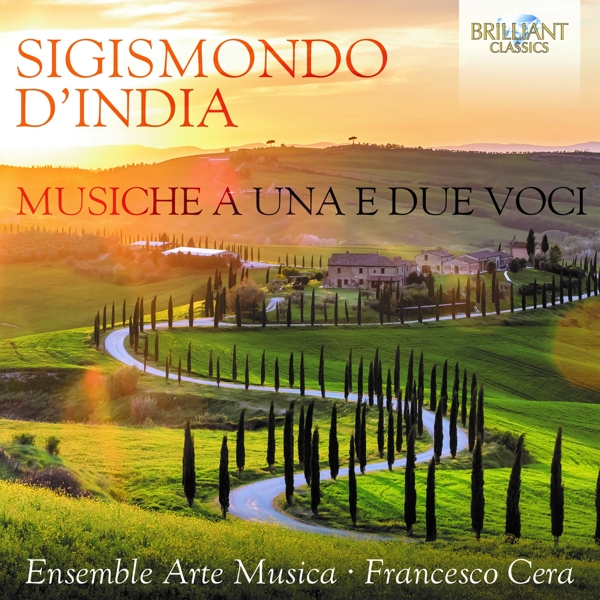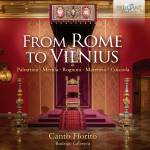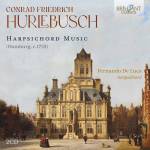Accesorios |
Mi cuenta
|
Entrar
|
Español |
€ Euro |
Búsqueda avanz.
|
Todas categorías
LOS MáS VENDIDOS
500
NOVEDADES
8.214
OFERTAS
231.916
Tu selección actual:
No hay selección
Filtrar resultados:
TÉCNICA
268.506
JUEGOS/SOFTWARE
26.253
MÚSICA
708.923
Clásico (otro)
4.310
- Cantadas sacras
124
- Madrigal sacro
17
- Magníficat
20
- Misa
143
- Motete
75
- Musicol. gregoriana
46
- Música sacra(otro)
496
- Oratorio
122
- Pasión
62
- Réquiem
69
- Stabat Mater
11
- TeDeum
5
Música sinfónica
13.070
|
Música Películas Audio Libros Merchandise Infantil |




















